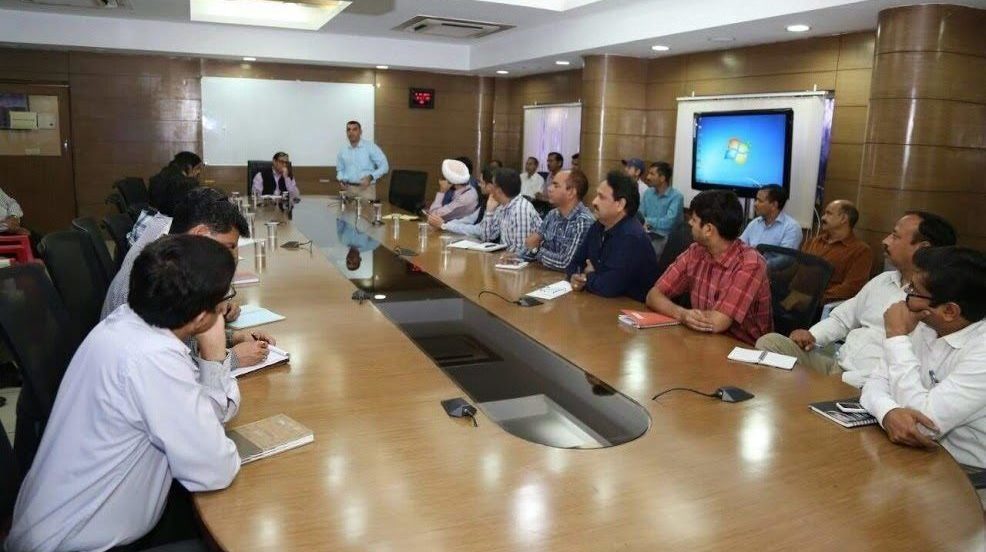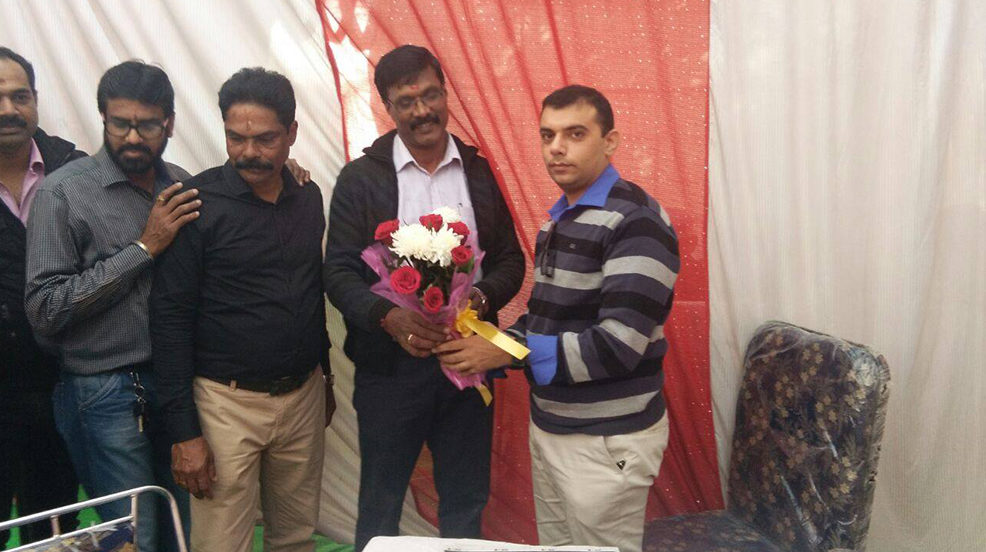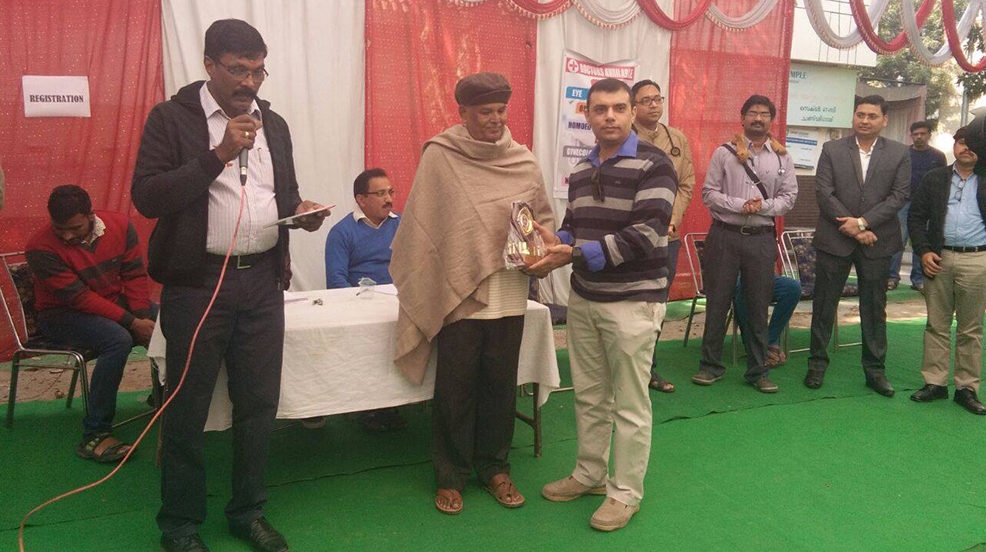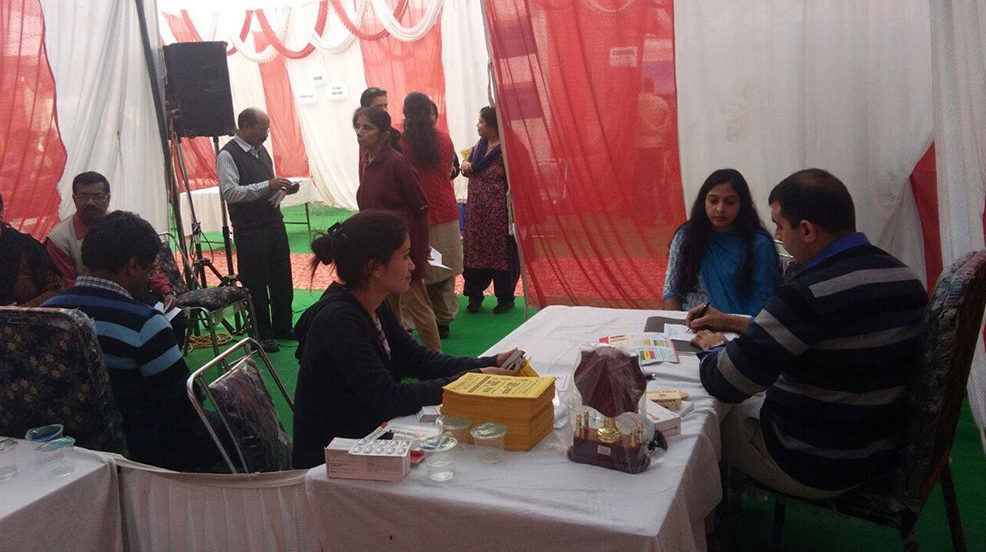Do you know that a herniated disc can progress to death? Yes, you heard it right. A herniated disc is a potentially dangerous condition that, if left untreated, can result in significant repercussions, including death. The disc, which acts as a cushion between the vertebrae in the spine, can expand or herniate, compressing the spinal cord or nerves. This compression can cause severe pain, numbness, tingling, and muscle weakness. A herniated disc without correct treatment can lead to paralysis and, in the worst-case scenario, death.
This condition can appear anywhere along the spine; however, it mainly affects the lower back. A bulging, protruding, or ruptured disk is one of the leading causes of lower back pain and may also contribute to leg discomfort, known as sciatica. Individuals aged 30 to 50 are most likely to get a herniated disk, with men affected roughly twice as commonly as women.
Using your back muscles instead of your legs to raise large objects can result in a herniated disk. Twisting motions while lifting can make your back more vulnerable. Prioritizing lifting with your legs over your back muscles will help protect your spine.
A herniated disk might worsen if left untreated, especially if you continue to engage in activities that contribute to the problem, such as doing your work. As a ruptured disk gets increasingly inflammatory, it can cause persistent pain and loss of sensation or pain control.
Talking about the most severe complication, cauda equina syndrome is a life-threatening consequence of a herniated disc. This problem occurs when a large chunk of disc material ruptures into the spinal canal, which is where the nerves responsible for bowel and bladder control travel before exiting the spine.
Overall, herniated discs are one of the most common causes of lower back pain, as they often protrude further and increase the likelihood of contacting nerve roots, producing further discomfort. Herniation can compress or inflame a nerve, causing painful inflammation of the nerve root.
If leg pain continues after six to twelve weeks of treatment, surgery for a herniated disc may be required. If you have any symptoms, surgical intervention may also be necessary. Regardless, adopting any sort of treatment for a herniated disc instead of obtaining medical guidance is never suggested. If you have any concerns about your symptoms or are experiencing new sciatica attacks, you should always visit a certified orthopedic doctor.
If you are looking for the Best Orthopedic Surgeon in Chandigarh for herniated disc issues, look no further than Dr. Manu Mengi. He is well-known for his skilled approach to orthopedic disorders, including herniated discs. Patients count on Dr. Mengi due to his dedication to providing customized care and successful treatment regimens that cater to everyone’s needs.
Being one of the top Orthopedic Doctors in Chandigarh, Dr. Manu Mengi provides compassionate treatment and remarkable results, assuring the best possible resolution to your herniated disc issues. You can trust in his commitment to excellence and experience a journey towards improved spinal health under his care.





